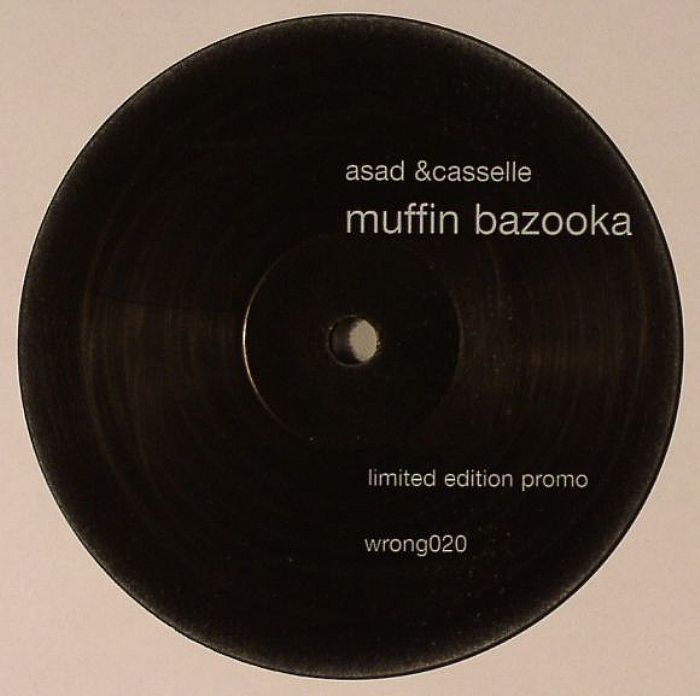
A brief comparison of the quantitative reasoning framework with the AAC&U Quantitative Literacy VALUE rubric is presented, demonstrating a mapping of the components and illustrating differences in structure. Quantitative modeling includes the elements of logic, problem solving, modeling, and inference. Quantitative interpretation includes the elements of representations, science diagrams, statistics and probability, and logarithmic scales. Quantitative literacy includes the elements of numeracy, measurement, proportional reasoning, and basic probability/statistics. The quantification act includes the elements of variable identification, communication, context, and variation. Within each of these components, the framework provides elements that comprise the four components. Context underlies all quantitative reasoning for this review, environmental science serves as the context.In the framework, we identify four components of quantitative reasoning: the quantification act, quantitative literacy, quantitative interpretation of a model, and quantitative modeling. The purpose of this article is to establish a working definition of quantitative reasoning within the context of science, construct a quantitative reasoning framework, and summarize research on key components in that framework. Quantitative Reasoning Learning Progressions for Environmental Science: Developing a Frameworkĭirectory of Open Access Journals (Sweden)įull Text Available Quantitative reasoning is a complex concept with many definitions and a diverse account in the literature. Consequently, undergraduates studying the life sciences require better…

QS in the life sciences are becoming ever more important as these sciences become more quantitative. There is general agreement in Australia and beyond that quantitative skills (QS) in science, the ability to use mathematics and statistics in context, are important for science. Rylands, Leanne Simbag, Vilma Matthews, Kelly E. Scientists and Mathematicians Collaborating to Build Quantitative Skills in Undergraduate Science An iterative research design was used as it… A quantitative reasoning (QR) learning progression was created with three progress variables: quantification act, quantitative interpretation, and quantitative modeling. The ability of middle and high school students to reason quantitatively within the context of environmental science was investigated. Mayes, Robert Lee Forrester, Jennifer Harris Christus, Jennifer Schuttlefield Peterson, Franziska Isabel Bonilla, Rachel Yestness, Nissa Quantitative Reasoning in Environmental Science: A Learning Progression Contributions address topics such as Reverse mortgage schemes and urban dynamics, modeling spot price dynamics in the electricity market, and optimizing calibration and pricing with SABR models. Developed from the First International Congress on Actuarial Science and Quantitative Finance, held at the Universidad Nacional de Colombia in Bogotá in June 2014, this volume highlights different approaches to issues arising from industries in the Andean and Carribean regions.

Garrido, José Hernández-Hernández, Daniel ICASQFįeaturing contributions from industry and academia, this volume includes chapters covering a diverse range of theoretical and empirical aspects of actuarial science and quantitative finance, including portfolio management, derivative valuation, risk theory and the economics of insurance. Based on invited lectures as well as carefully selected papers, these proceedings address topics such as statistical techniques in finance and actuarial science, portfolio management, risk theory, derivative valuation and economics of insurance.ġst International Congress on Actuarial Science and Quantitative Finance


Held at the Universidad de Cartagena in Cartegena, Colombia in June 2016, the conference emphasized relations between industry and academia and provided a platform for practitioners to discuss problems arising from the financial and insurance industries in the Andean and Caribbean regions. This paper presents changes made to a first-year Earth Sciences field course in the French Alps, where new GIS methods were…Ģnd International Congress on Actuarial Science and Quantitative Financeĭeveloped from the Second International Congress on Actuarial Science and Quantitative Finance, this volume showcases the latest progress in all theoretical and empirical aspects of actuarial science and quantitative finance. In these topics, GIS is used to manage and analyse spatial data, and offers quantitative methods that are beneficial for fieldwork. van de Grint, Liesbeth Alberti, Koko Karssenberg, Derekįield courses are essential for subjects like Earth Sciences, Geography and Ecology. Using GIS in an Earth Sciences Field Course for Quantitative Exploration, Data Management and Digital Mapping


 0 kommentar(er)
0 kommentar(er)
